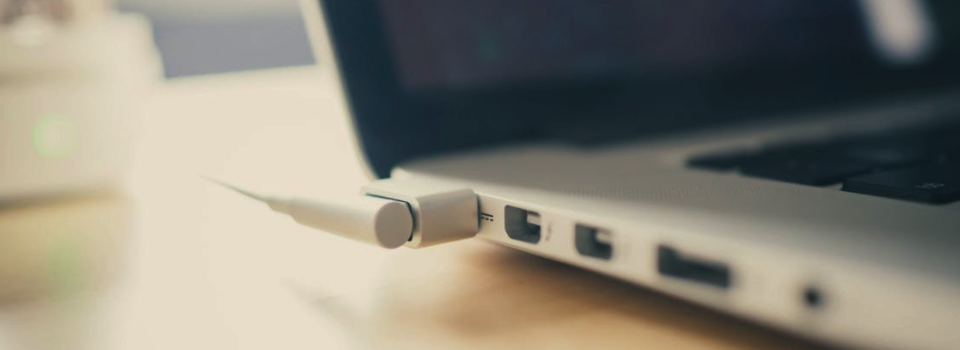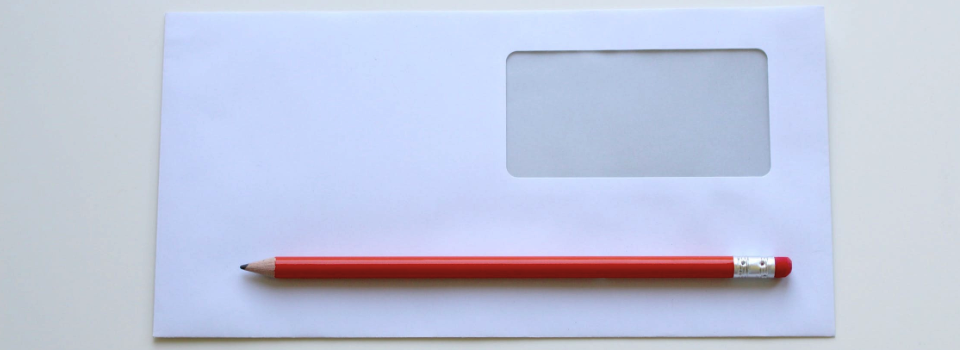Does your MacBook never seem to reach 100% battery, no matter how long you leave it plugged in? Perhaps a full charge isn’t lasting anywhere near as long as it used to, or maybe your Mac is refusing to charge at all.
If your MacBook is struggling to hold a charge, then it can quickly render your laptop unusable, and pretty much defeats the whole point of having a laptop i.e that you can unplug it and then use it everywhere you go.
In this article, I’m going to share all the most common fixes for a Mac that isn’t charging properly, including some more unusual fixes that you can try when all else fails!
Rule out the basics
Sometimes the solution to a technical problem can be something so simple, that it’s actually pretty easy to overlook.
Before resetting your Mac’s System Management Controller or making an appointment at your local Apple Store, you should rule out some of the most obvious factors that can prevent your Mac from charging properly.
- Is the cable showing signs of wear and tear?
Check your Mac’s cable for any defects, such as rips or frays. If any of the cable’s inner-workings are visible, then you should definitely get the cable repaired or replaced, as faulty electronics can be a potential safety hazard.
You can purchase various cable repair kits online, but if you’re not comfortable with the DIY approach then always play it safe and take your damaged cable to a professional, or purchase a replacement.
- Is your Magsafe Adapter connecting securely?
Apple’s innovative Magsafe adapter connects to your Mac’s power port via magnets, but if any dust or debris gets into the port or into the adapter itself, then this can interfere with the Magsafe adapter’s ability to pass a charge to your computer. If you regularly carry your Mac around, for example in a rucksack or a laptop bag, then your Mac is at particularly high risk of getting clogged up with dust, debris and all the other strange things that tend to float around in the bottom of bags!
Make sure your Mac is completely turned off, remove and unplug the cable, and then carefully check both the port and the adapter itself for any foreign objects. If you spot any debris, then most of the time you should be able to clean the port or adapter by blowing on it. If you do need to use a bit more force then find an object that isn’t going to conduct electricity, such as a wooden toothpick; double-check that everything is completely switched off and disconnected, and then gently ease the object out, or carefully scrape the affected area clean.
- Warm the adapter “brick” (no, really)
Start by checking the “brick” part of the adapter for any obvious defects, such as dents, scratches or even unusual discolouration, which could indicate a problem with the components inside.
Then, although it might sound strange, some Mac users have reported seeing positive results after warming the “brick” slightly, for example by holding it in front of a radiator for a few seconds, giving it a quick blast from a hair dryer, or even rubbing it between their hands.
The logic behind this strange fix, is that if the adapter gets too cold then the components inside can shrink slightly, which may be enough to prevent them from connecting properly. In particular, you may want to try this trick if your Mac has been sat somewhere cold for an extended period of time, for example if you left your Mac in a car or unheated conservatory overnight.
- Could the wall outlet be to blame?
If you always charge your Mac from the same outlet, then it’s possible that the problem may lie with the outlet itself, and not with your Mac.
Try attaching your Mac to a different electrical outlet, and if it suddenly starts charging normally, then you’ll know that the outlet was at fault all along.
Similarly, if you power your Mac via an extension lead, then try plugging your Mac directly into the wall outlet to see whether this fixes your problem.
Finally, some people have reported that their Mac refuses to charge following an issue with their power supply, such as an electrical surge or power cut. If you suspect this might be the case, then you can often resolve this issue by removing your charger from the wall outlet and from your Mac, waiting a good few minutes, and then reconnecting your Mac to the power outlet.
Check whether your battery needs a service
Once you’ve ruled out loose connections and damaged cables, it’s time to move onto some more technical fixes, including checking whether your battery is in need of a service.
To check your battery’s status, hold down the ‘Option’ key on your keyboard while you click the battery icon in your Mac’s menu bar. This opens an extended battery menu.

This menu can display four potential battery status messages:
- Normal. Your battery is healthy.
- Replace Soon. Your battery is still functioning, but a full charge may not last as long as it once did.
- Replace Now. The battery is holding significantly less charge than when it was new, but is otherwise functioning normally. You should replace the battery as soon as possible.
- Service Battery. The battery isn’t functioning normally, and either requires servicing or perhaps even replacing.
Reset the System Management Controller
The SMC (System Management Controller) controls many of your Mac’s physical components, including hardware related to power management components.
Returning SMC to its default values can often resolve a wide range of battery and charger issues, including some more miscellaneous problems. In particular, you should try resetting the SMC if you encounter any of the following:
- Your Mac’s battery indicator lights are behaving incorrectly, for example the LED is green even though it’s currently charging.
- Your Mac isn’t recognising when the Magsafe adapter is connected.
- Your Mac doesn’t always respond when you press the ‘Power’ button, or is slow to respond when you open or close the lid, for example maybe the ‘Apple’ logo remains illuminated even after you’ve closed your Mac.
- You keep getting a ‘No Batteries Available’ message.
- Your Mac sometimes goes to sleep or shuts down unexpectedly, or refuses to sleep at all.
- Your Mac gets noticeably louder as soon as you unplug it from a power source.
- Your Mac will run when it’s connected to a power outlet, but turns off as soon as you disconnect it, even though it’s had plenty of time to accumulate some charge.
Just be aware that resetting the SMC will cause you to lose any power-related customisations you’ve made to your Mac. After resetting the SMC, you should check both ‘System Preferences > Energy Saver’ and ‘System Preferences > Display’ to see whether there’s any settings you want to tweak.
Assuming that your Mac’s battery is non-removable:
- Make sure your Mac is completely switched off.
- Connect the Magsafe power adapter.
- Using your Mac’s built-in keyboard, hold down the ‘Control + Shift + Option’ keys and the ‘Power’ buttons for 10 seconds, then release all four keys at once.
- Press the ‘Power’ button again to start your Mac, as normal.
If the battery is removable:
- Shut down your Mac, making sure that it’s completely powered down.
- Remove the battery.
- Hold the ‘Power’ button for 10 seconds.
- Press the ‘Power’ button again to start up your Mac.
Book an appointment at your local Apple Store
If none of the above fixes solve your problem, then you should book an appointment at your local Apple Store – especially if your MacBook is still under warranty or covered by AppleCare!
Is your Mac charging, but the battery isn’t lasting as long as it should?
If your battery drains at a frightening rate, then it’s possible you may simply be asking too much from your Mac. Take a look at our 10 Ways to Increase Your MacBook’s Battery Life article for lots of advice on how to get the most out of each charge!






Add Comment